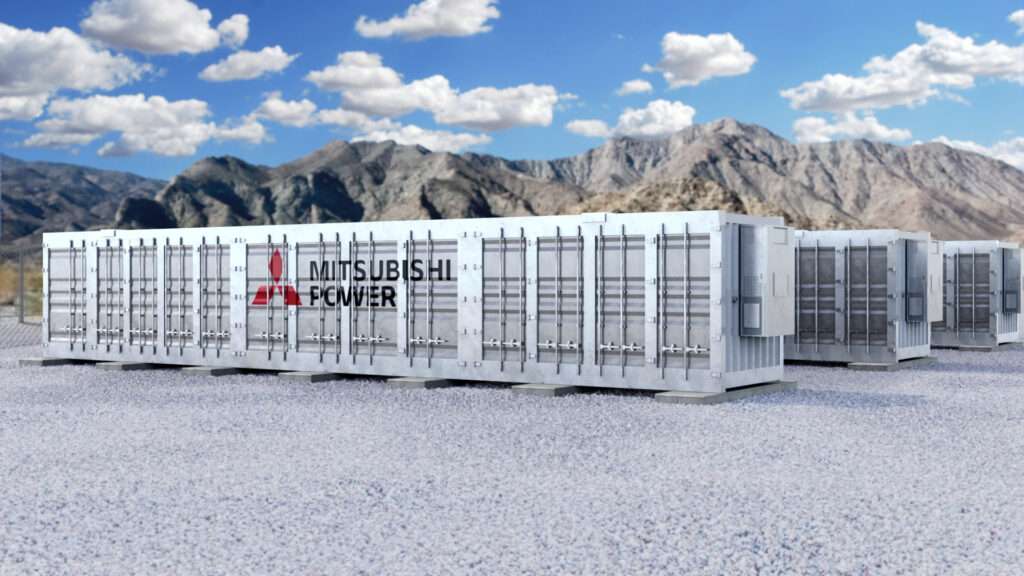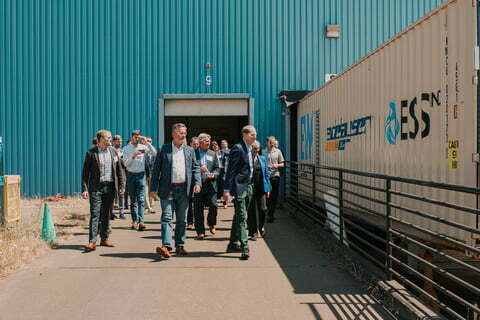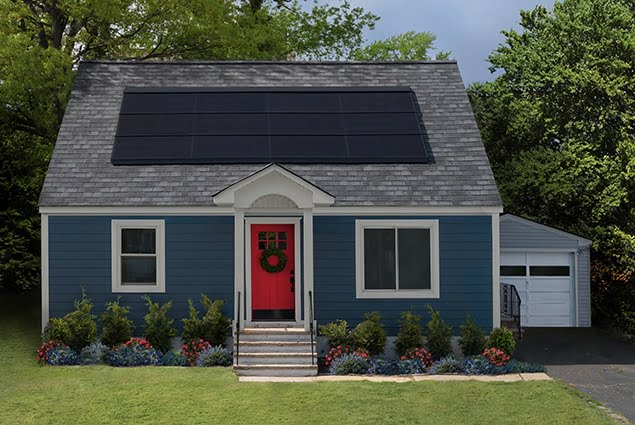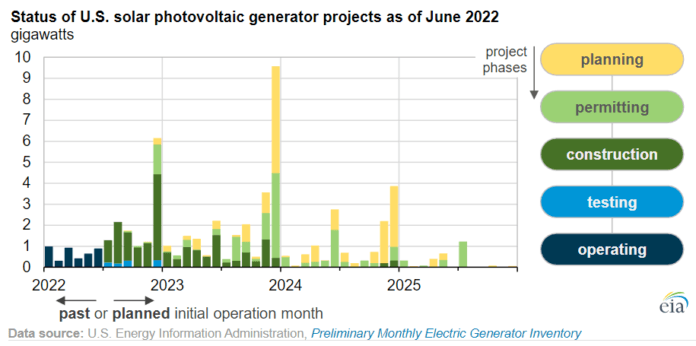US Congress made quick work of waving through the legislation. Image: Wikimedia user Bjoertvedt
It caught even seasoned clean energy industry veterans by surprise when West Virginia Senator Joe Manchin and Senate Majority Leader Chuck Schumer announced a deal had been struck on the US Inflation Reduction Act. It includes what’s been described by President Joe Biden as the biggest-ever investment in climate protection and energy security, a US$369 billion package to support and progress clean energy with supply-side and demand-side measures. The swiftness with which the act has been sent through the Senate and then Congress prepares the energy storage industry to become a key pillar of the US energy transition, writes Andy Tang, VP for energy storage and optimisation at Wärtsilä Energy.
It is a monumental day in climate. Congress just passed the Inflation Reduction Act (IRA), which includes an investment tax credit (ITC) for energy storage that will unlock US energy independence, put more Americans back to work, infuse investment into local economies, and advance climate goals.
Energy providers are looking to incorporate more renewable energy sources into their portfolios, but they won’t do it without insurance that customers will be able to turn on their lights when the sun isn’t shining and the wind isn’t blowing.
Battery energy storage provides that insurance, thereby accelerating renewable energy deployments. According to the American Clean Power Association trade group, the US needs 100 gigawatts (GW) of energy storage by 2030 to meet its climate goals. Today, we have just 3GW.
Annual demand for lithium-ion batteries is set to surpass 2.7 terawatt-hours by 2030, according to analysts at BloombergNEF.
Until recently, the energy storage industry was enjoying nearly three decades of battery cost decline and was on track to meet that demand. But spiking commodity and shipping prices have crushed this trajectory.
The cost of nearly every commodity required to manufacture lithium-ion batteries––including aluminum, copper, and nickel––has reached new heights as mines struggle to keep up with market growth, and insiders estimate a two-to-three-year dislocation on lithium.
The ITC for energy storage in the Inflation Reduction Act has never been more critical. This small carrot incentivises battery investment in the US, offsets high costs caused by temporary supply chain issues, and gives investors much-needed certainty.
It ensures affordable electricity bills for all Americans, creates and preserves hundreds of thousands of good paying clean jobs, generates meaningful local revenues from renewable energy development, and will help clinch a leading global position in the next generation’s biggest economy.
Energy providers across the country––from red to blue, urban to rural, east to west––applaud our federal leadership on their decision to advance a reliable, sustainable, and affordable energy future.
About the Author
Andy Tang is Vice President of Energy Storage & Optimization for Wärtsilä Energy Business and works directly with utilities and power producers to facilitate the shift towards a 100% renewable energy future. Wärtsilä Energy Storage & Optimisation (ES&O) supplies products and technologies to the global power industry, integrating end-to-end grid solutions that build a resilient, intelligent and flexible energy infrastructure.
Continue reading










